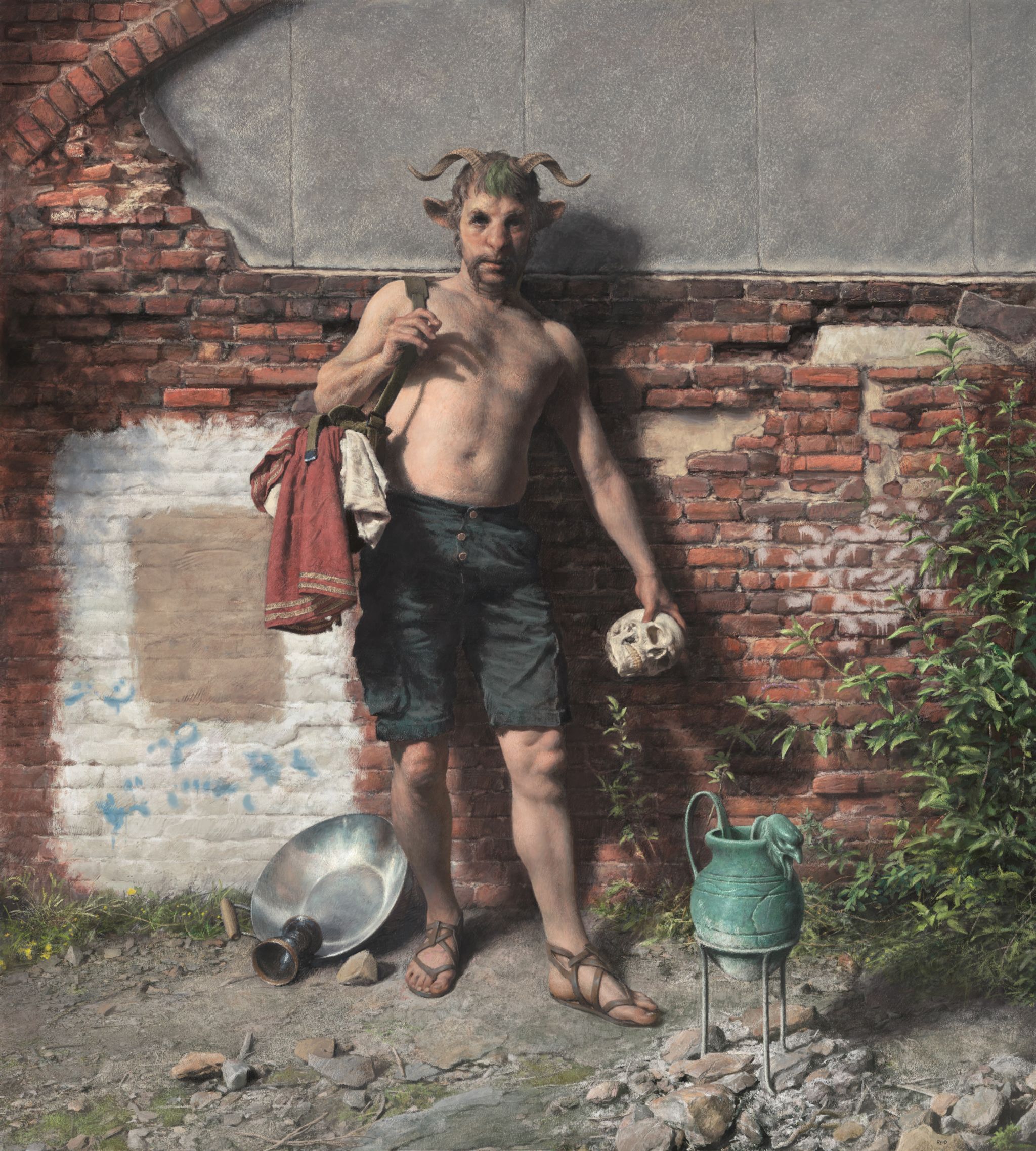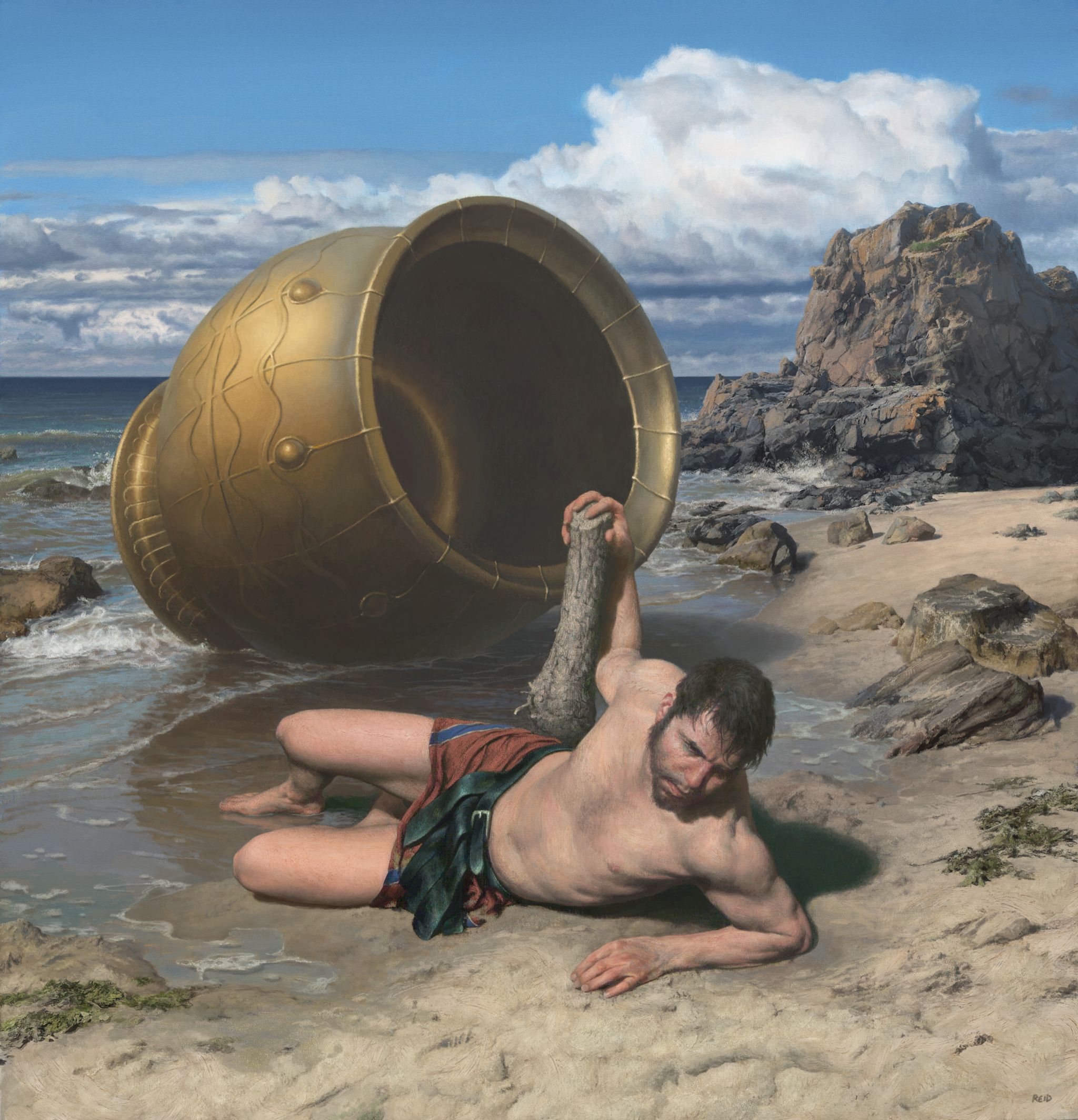- CRYPTOART / NFTS
- 03/28/2025 @ 5:21 PM
Paul, thank you so much for taking the time to speak with us today. I have long admired, actually been astounded, by your work- so I am grateful for the chance to hear more about it. To begin, can you introduce yourself to our community? Where you are from, the mediums you work in, etc?
Wow, thank you Dave!! Really appreciate that and honoured to be interviewed for ALLSHIPS. My name is Paul Reid and I was born in Perth, Scotland but now live and work near Edinburgh.
I have been a full time artist since graduating from Art College way back in 1999 and during that time have been exhibiting work in traditional galleries both private and public. Most of my work was done in traditional media- Oil paints, Charcoal, Inks etc with particular emphasis on large scale oil paintings.
I started to experiment with Digital Art (Adobe Photoshop) around six or seven years ago, at first as a means of better sketching and composing my complicated Mythological paintings, which then evolved into fully fledged digital artworks in their own right.
For a long time these digital works sat on my hard drive doing nothing much until I discovered a new audience/market for them in the Web 3 & NFT space in early 2021. In these last few years, I have been producing many more digital works than traditional and only really oil paint when commissioned or requested.
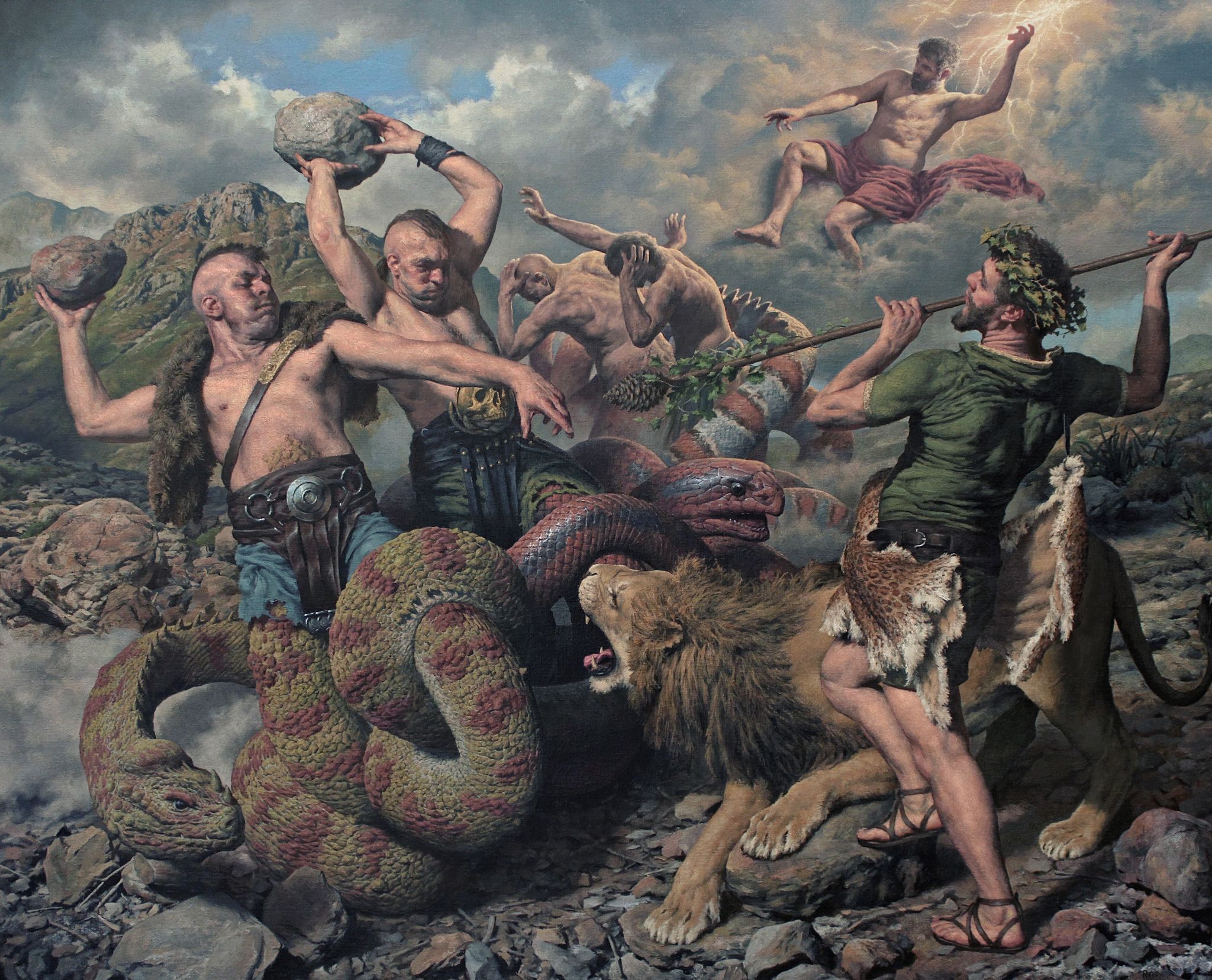
Wonderful- I love that you have a foot in both worlds still, even if it leans more digital these days- it's clear that the tradition of physical work anchors your style. It is stunning to see such a timeless style in our modern context.
I'm wondering if you can expand on the idea of digital works sitting on your hard drive, until the world of art and blockchain burst into relevance in early 2021.
What is it about minting work on chain that frees these works from the hard drive? Was that a common fate for digital works prior to this technology and market developing?
As an artist who sells individual paintings through the gallery system, I don’t rely on print sales, which is probably what most digital artists would think about doing when trying to sell their personal works. Artists being able to mint and ‘sign’ work on the blockchain has opened up a new and revolutionary community and marketplace for showing and selling digital work.
Other aspects of the space mirror the traditional art world with curated drops, digital exhibitions, auctions etc. and I find it all very exciting. If NFTs hadn’t come along, I’m sure those pieces would still be gathering dust on my hard drive so I’m very grateful that they’ve found a new home.
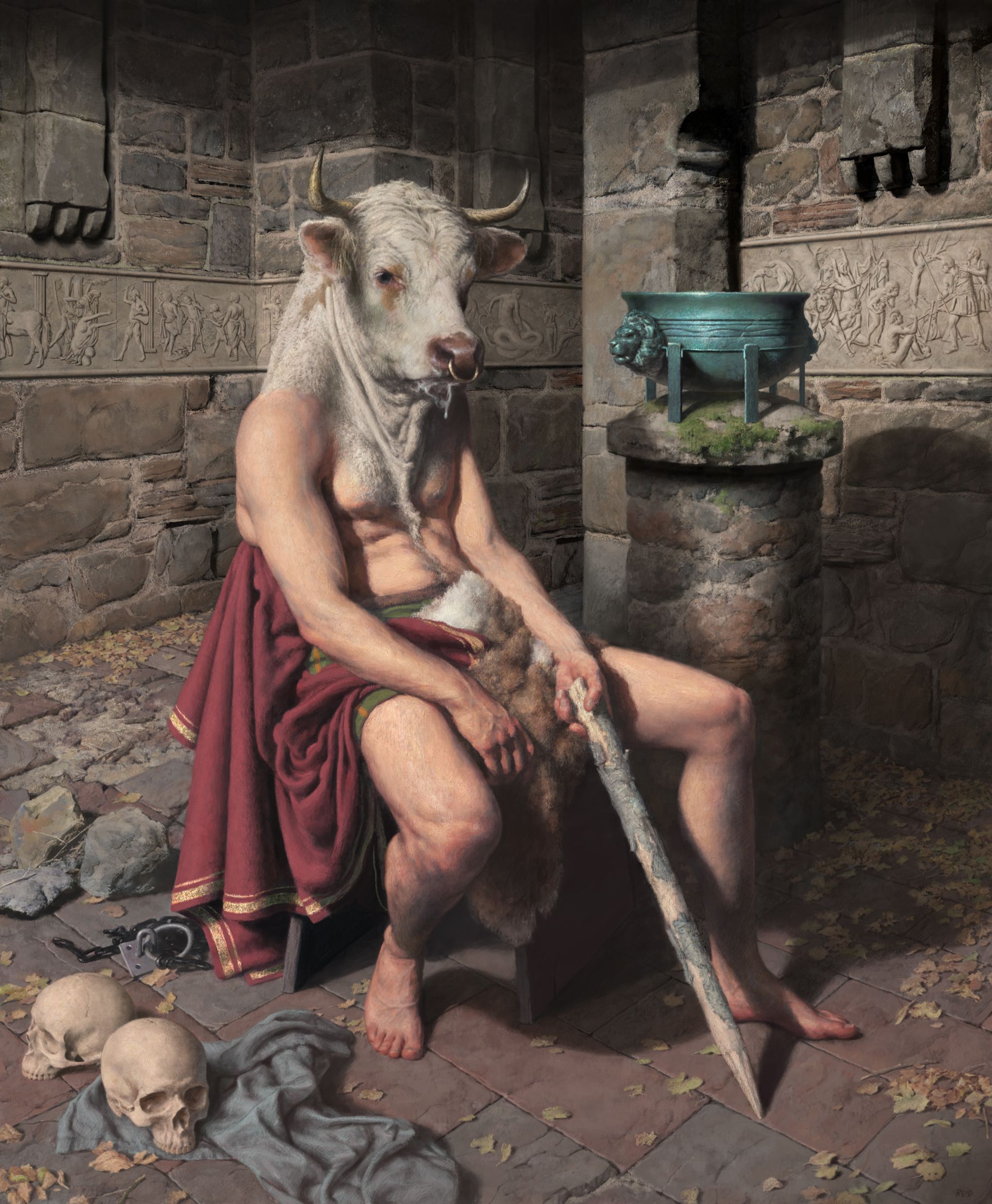
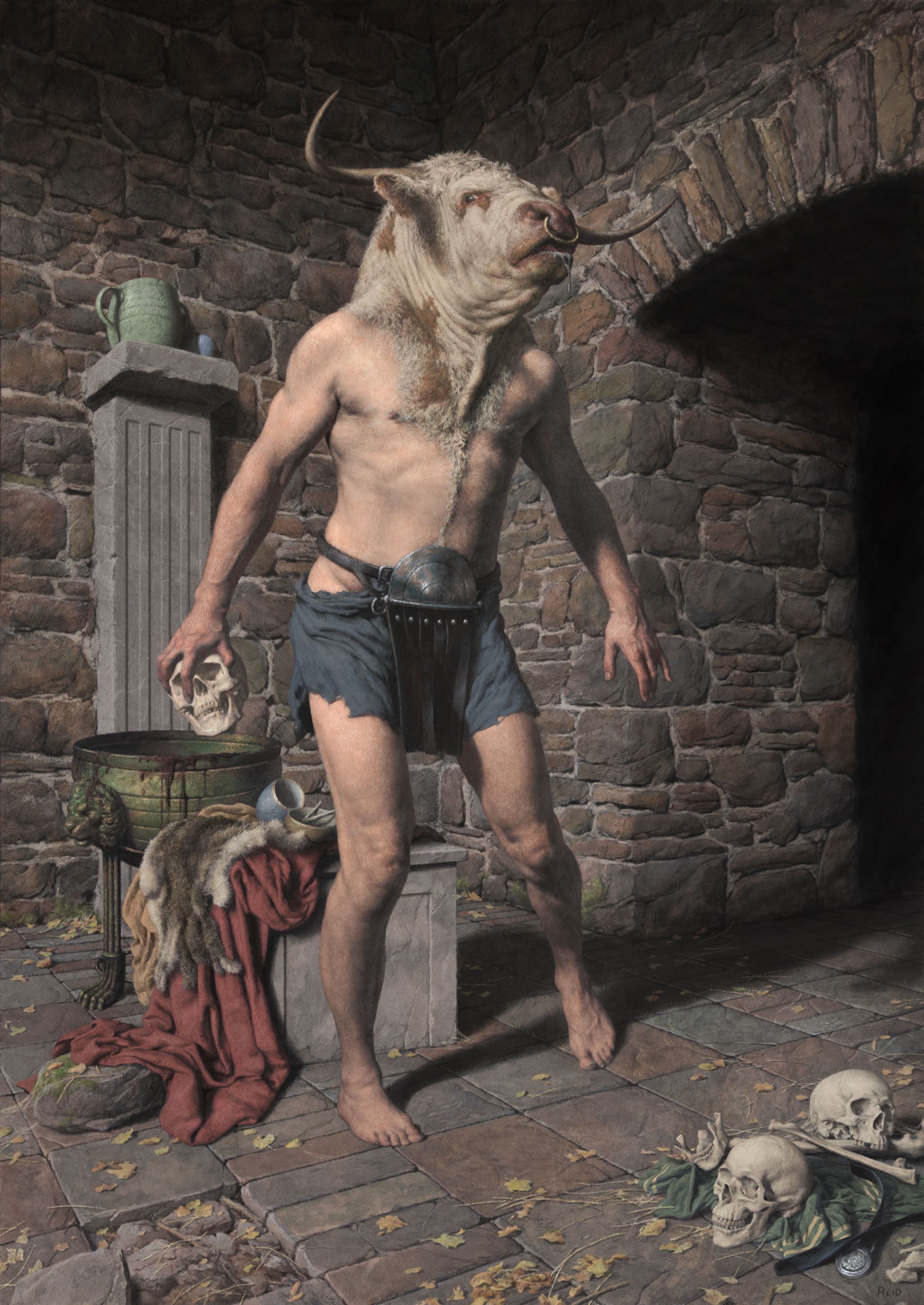
Well said, and I agree. This technology has enabled digital objects, allowing us artists to do many things that we did in the real world- selling prints, for example- in our online social spaces. These spaces are more networked, faster, and accessible globally- so even with a small group of collectors, you can do powerful things.
It's no secret than many artists reject the idea entirely, and even go so far as to actively fight against this movement- why do you think that is, and what can we as a community do to help change minds around what this technology is and what it enables?
It’s easy to forget just how crazy the 2021 NFT bull run was. All the things people minted and sold, the scams, the minting of art that was not theirs, the environmental worries, the huge amounts of money spent on minted tweets and other random stuff. The pressure on artists to produce road maps for future work and utility for collectors. The vast quantities of cartoon PFP projects which attracted big money. The right-click-save complaints and the difficulty in which outsiders had in trying to wrap their head around digital ownership. It’s easy to see why lots of artists would be sceptical and maybe even scared of becoming involved in the space.
I remember receiving abusive tweets from artists after minting my first few NFTs. They seemed disappointed that I would involve myself with a movement filled to the brim with what they saw as scammers and charlatans. At the time I hoped that the space would mature and give more room to long term projects and Art that might last beyond the latest fads. I think that we are now closer to that ideal but one of the problems we face in Web 3 is the aversion to gatekeeping, something which is a feature of the traditional art market but anathema to many in the NFT space.
I’m not sure there is a solution to this, because you either have some kind of quality control or it’s a free for all where the audience struggles to find decent art. I think the way to show sceptics the possibilities of this new tech is to present the quality projects, curations, exhibitions etc that are hopefully becoming more prominent going forward.
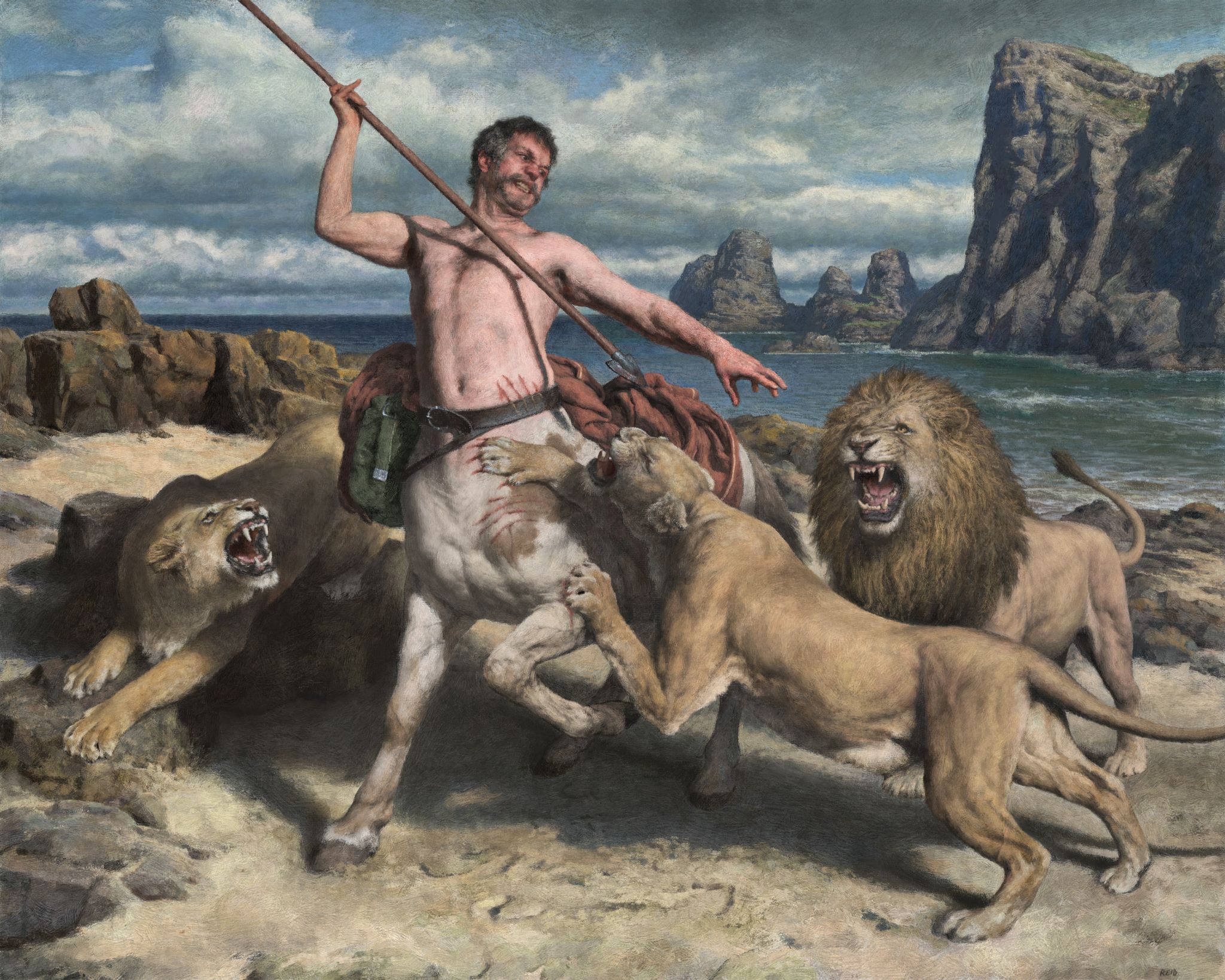
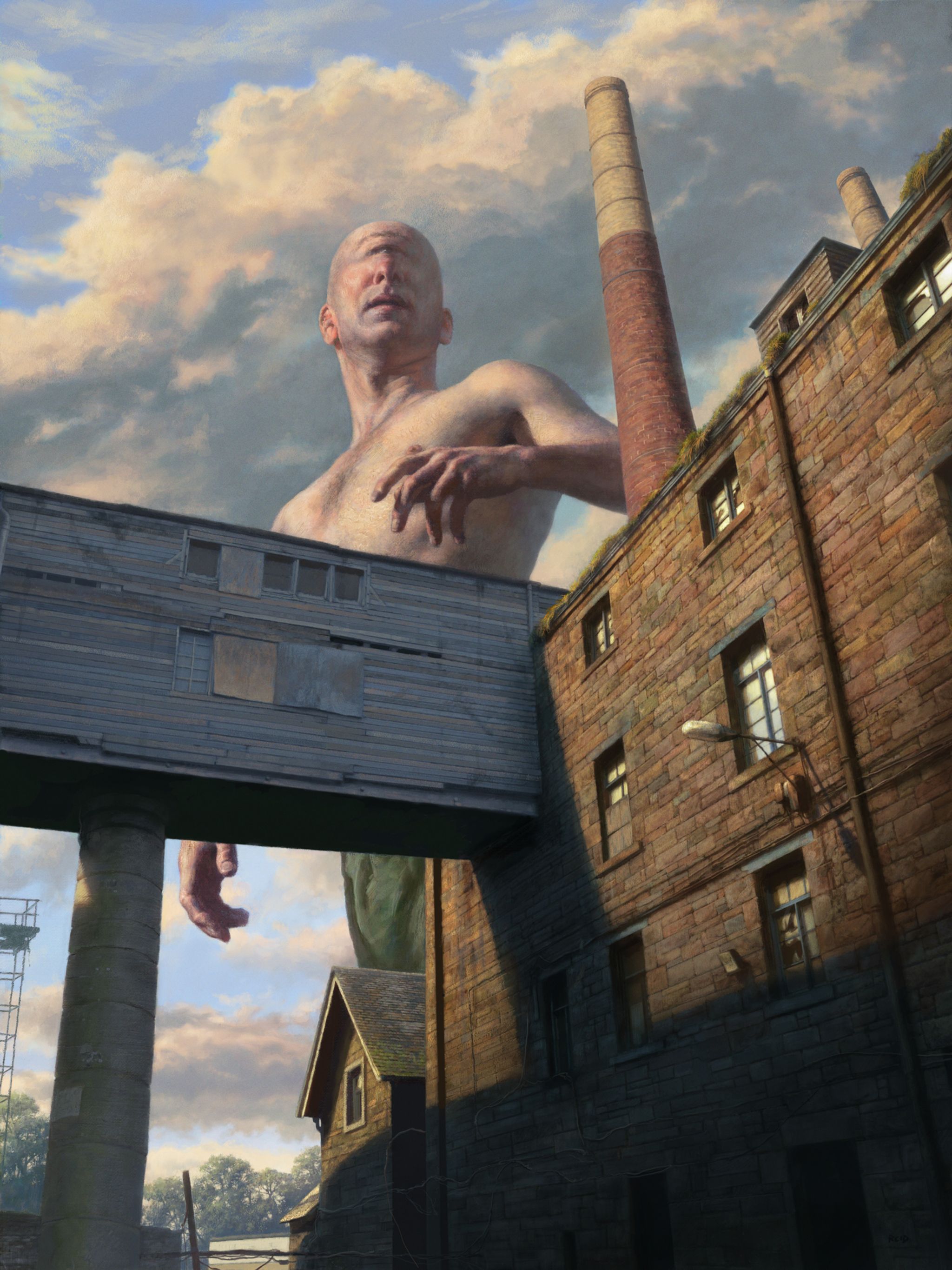
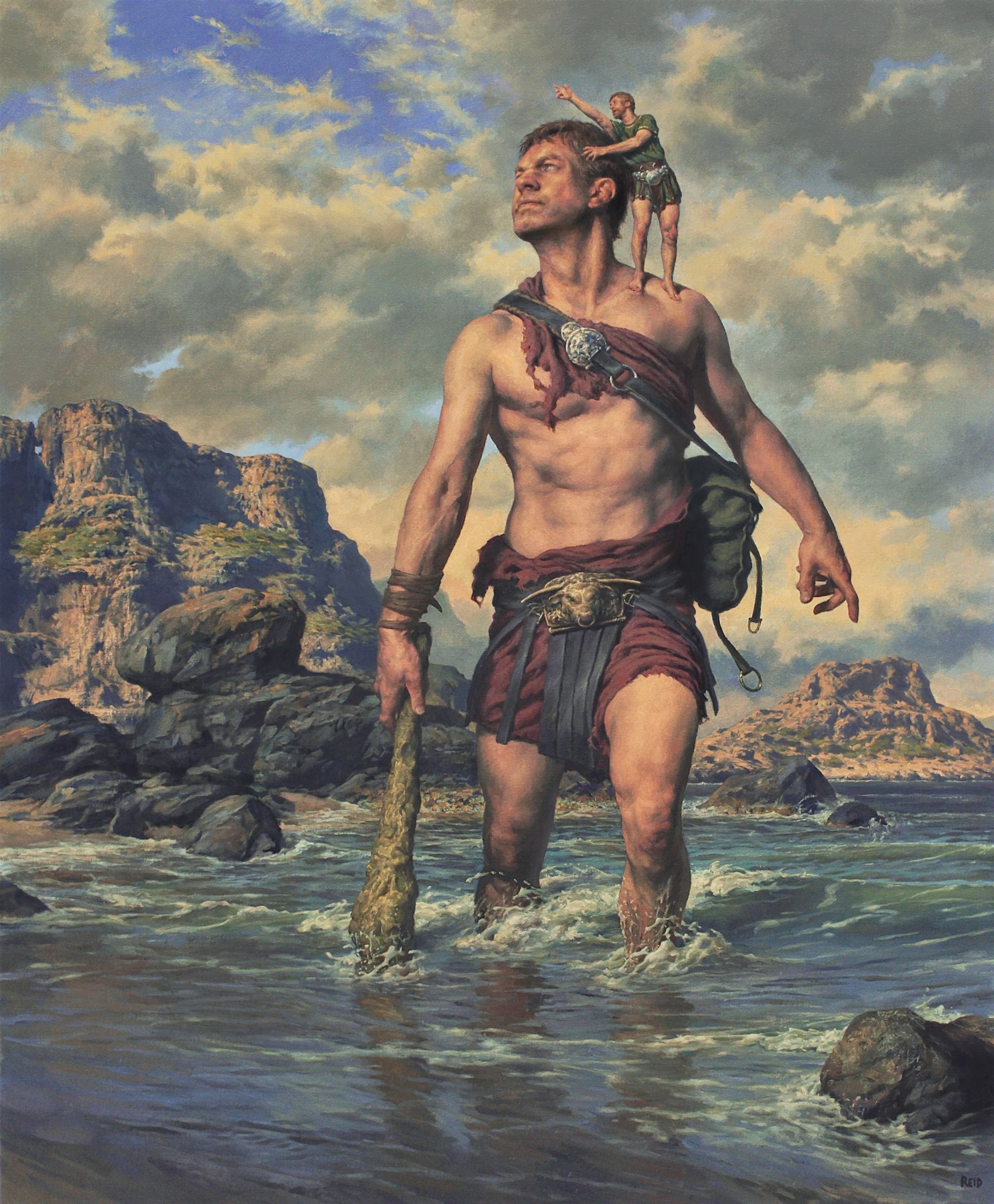
I agree we need to show- not tell- the reasons why this space can be a path forward for artists. To me, these tokens are a bonding force for community building, they align incentives in a way that we can't do in the pure attention economies of social media. Having the blockchain layer gives us leverage in a world of centralized algorithmic advertising and endless AI imagery.
My one comfort in this battle is when I was early to instagram in 2011-2012, I faced the same criticism from my peers as I do for being involved in the cryptoart space. Some years later, those critics were asking for help- as technology marched onward, it became clear the ground was shifting under our feet. Best to start climbing early.
I'd love to hear a bit about your process. The level of detail you achieve is astounding. Can you briefly walk us through your creative arc on one work- from ideation, to sketch, to completion?
Once I’ve settled on a theme for the work, usually but not always inspired by the almost limitless treasure trove of stories from Ancient Mythology, I will then try to loosely develop a visual idea of it using very scratchy looking thumbnail sketches which look like nothing much to anybody but myself. Then it’s on to using life models (usually just friends & family these days) to try out poses for the main figure or figures. If it’s a very large and complicated multi figure piece then I usually split it up into groups and concentrate on developing these with trad materials like Acrylic paints, Inks etc. Once I’m happy with how these studies are looking, I’ll then photograph them and move into photoshop to compose the rest of the image around these figures. This stage is all done in black & white so that I can concentrate on drawing, composition, lighting etc without worrying about colour relationships.
The landscape or architectural environments in my work are always invented, but using photographic reference that I have collected myself over the years from various trips, walks in nature etc. Some of the landscapes are a mix of elements from Scotland and maybe Greece, Italy or wherever else I’ve been on holiday. The idea is to have these settings look Mythical rather than actually topographically accurate.
Once I’m happy with the storytelling, composition, poses etc at this stage I’ll then move on to add colour, texture and other features in photoshop whilst making changes along the way if required. At all points in this long journey towards a finished piece of work, I’m collecting more and more reference to help with lighting, perspective and details. Often I use miniature models or clay sculptures to help with lighting and scale. It’s a very involved and intense process. All these stages are replicated if it’s an oil painting rather than digital, but everything takes much longer in that case because of the inherent difficulties of painting in oils.
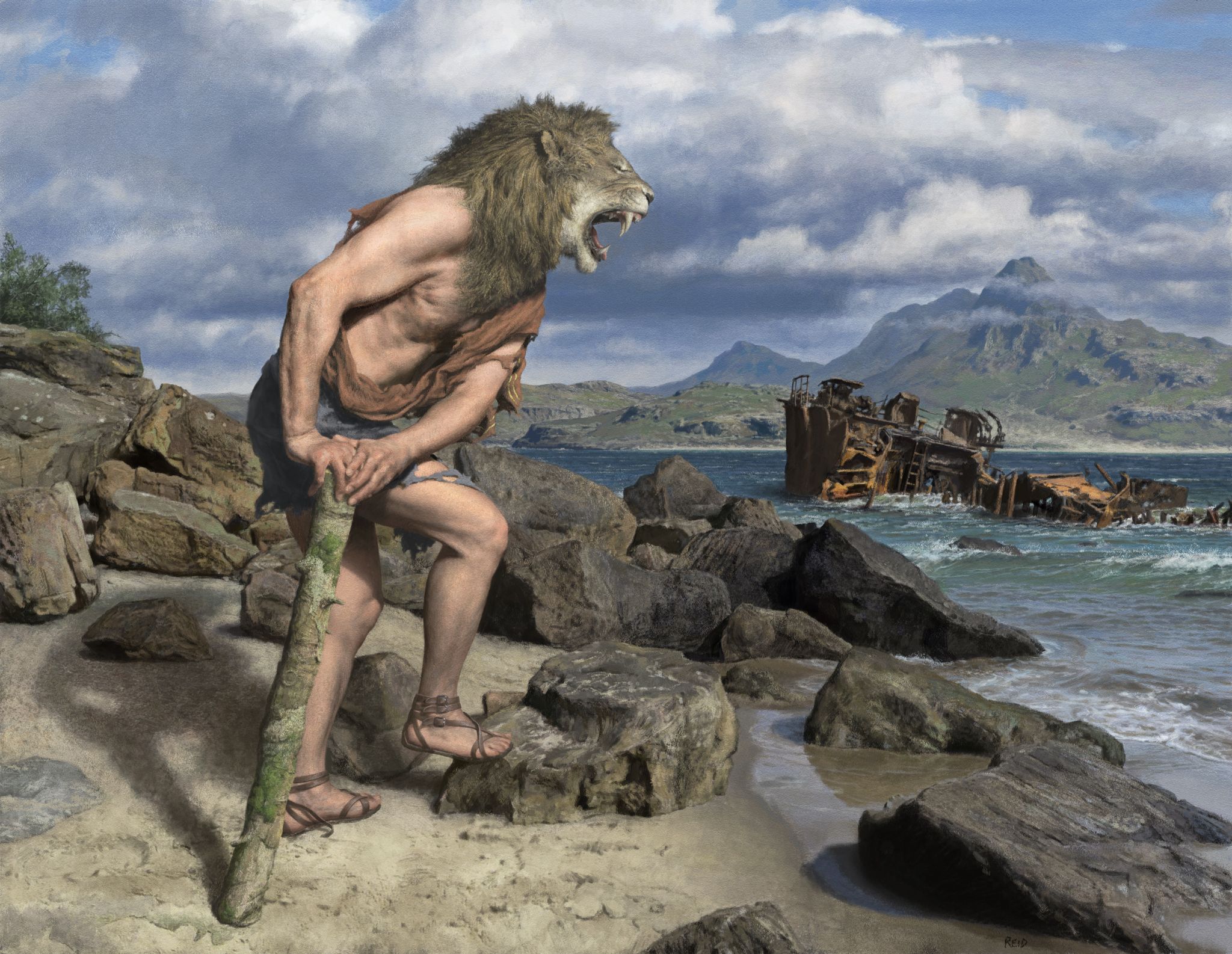
Beautiful, thank you so much for this cross section into your process. I'll forever be fascinated by your ability to translate what is in your minds eye into reality.
Lastly- what advice would you have for artists who are earlier in their creative career?
I always find it difficult to give advice as the journey will be entirely different for each artist. There are many more ways to share work and find an audience than when I started out so I guess I would say make sure to use those outlets to your advantage. Social media can be frustrating and doesn’t often lead to overnight success but stick at it because it’s probably still the best way to get eyes on your work.
Also, don’t be afraid to be stubborn if you have a clear vision as to what you want to achieve in your art. It can be hard to ignore obvious trends but I think long term it’s better to find your own voice and stick with it. Whilst at Art College, I was accused of being closed minded in my attitudes towards forms of Art I was not interested in. At that time I had already decided that I wanted to paint in a figurative, storytelling style but this was a very unfashionable thing to do back then and I was criticised for doing so. I’m glad I persevered.
Incredible and invaluable advice- Paul, thank you so much for taking the time to speak with us today and to share such thoughtful and deep words with our community. Your work speaks for itself but its also wonderful to hear the wisdom you've gathered through your extensive experience in the art world, whether traditional art or digital. To our readers, please follow Paul Reid , check out his website, and share this article around to spread the word about his craft.
